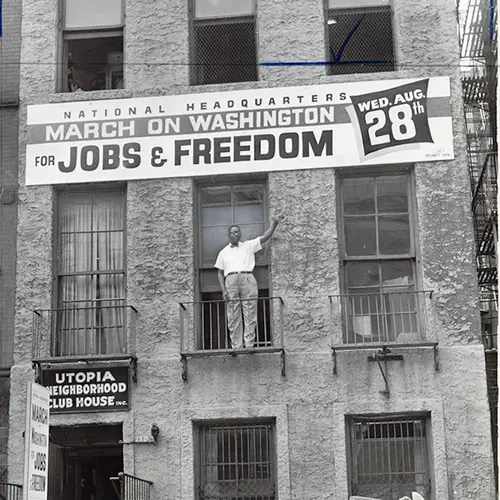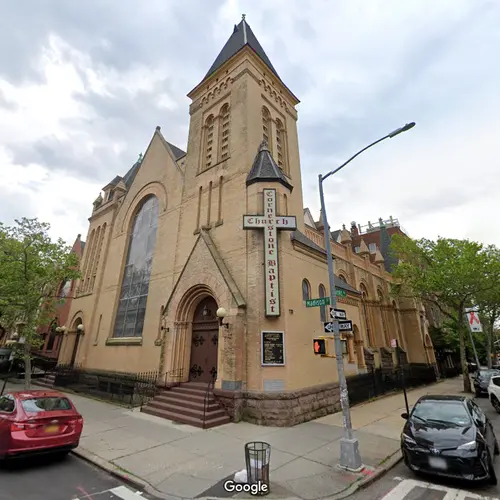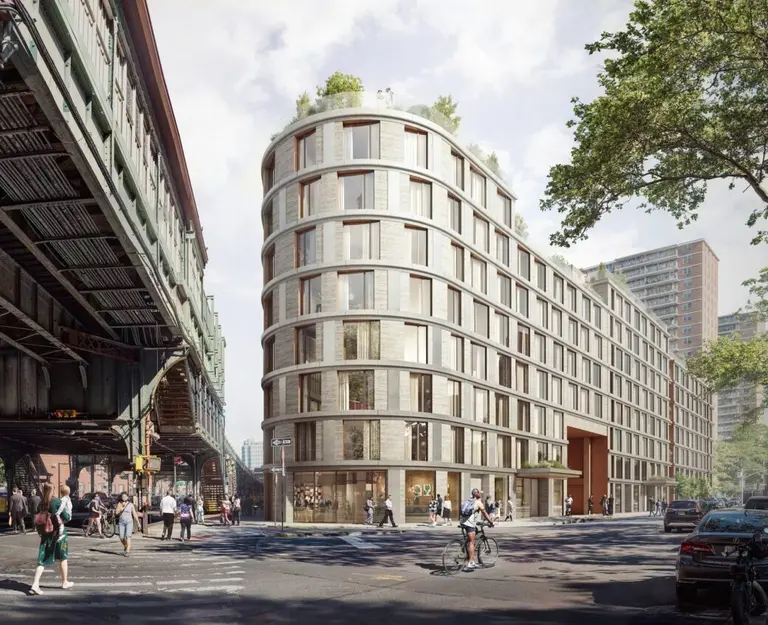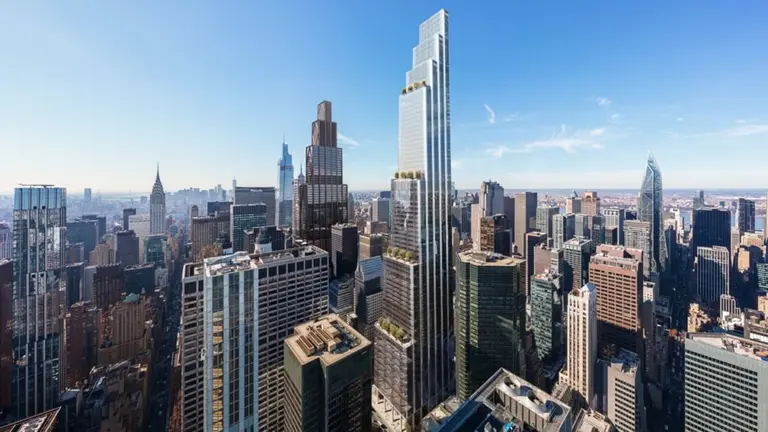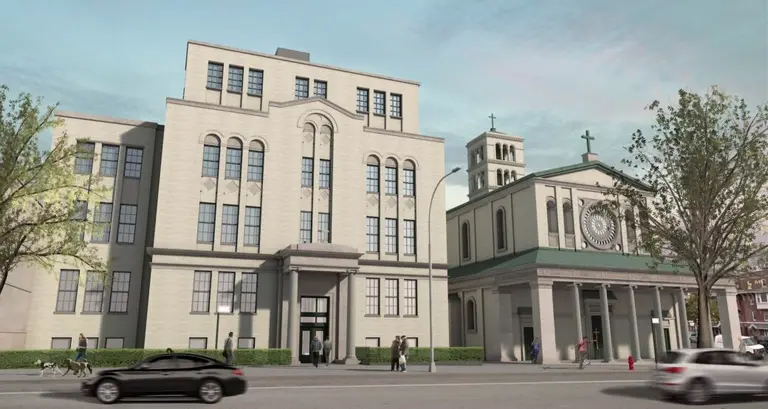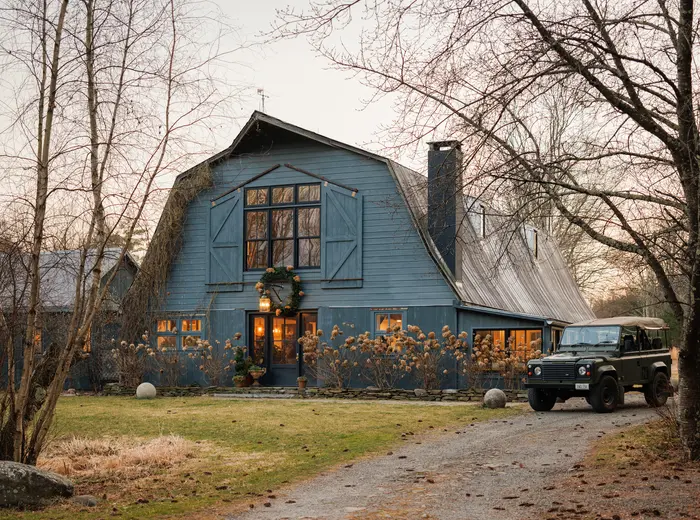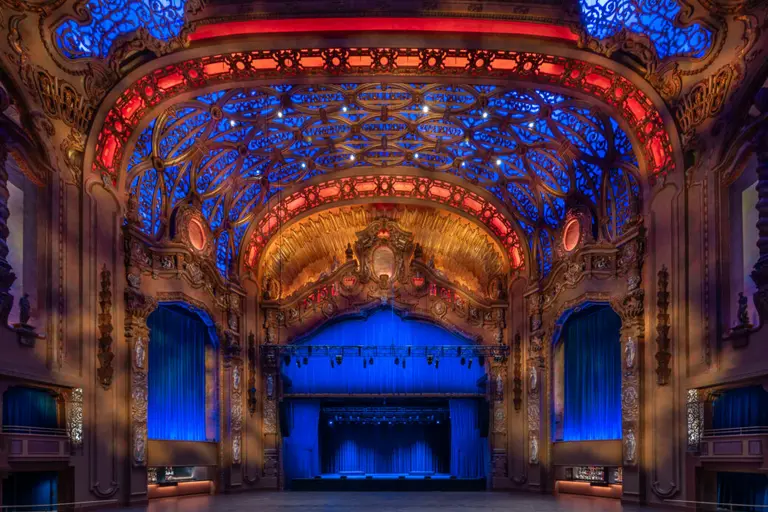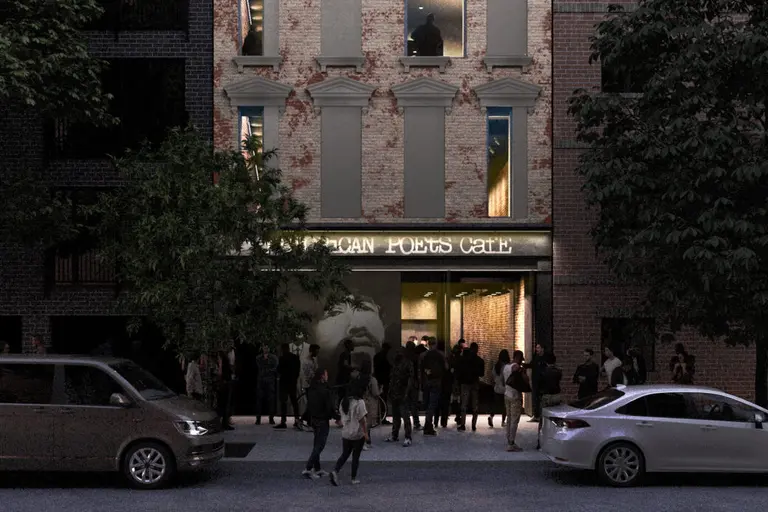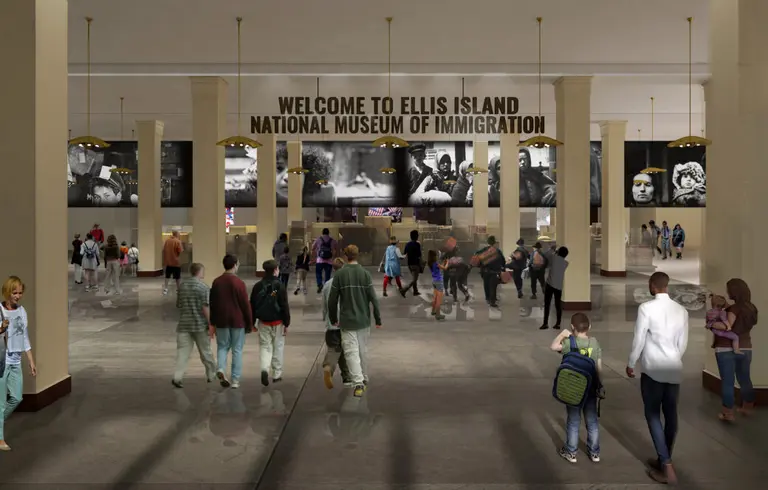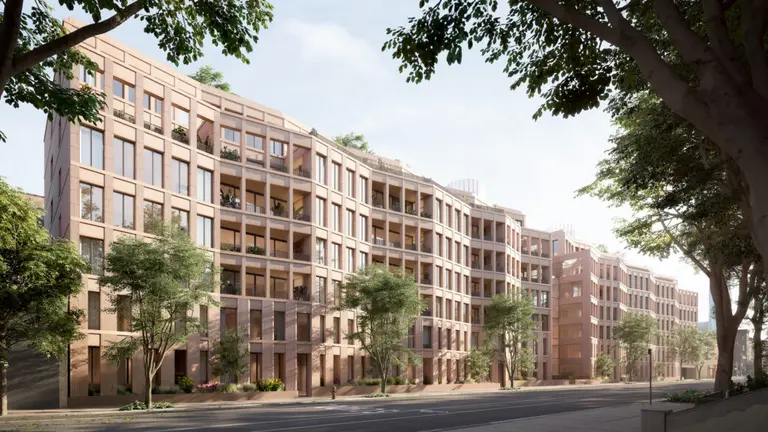State recognizes TWA Hotel as historic site, nominates two other NYC buildings
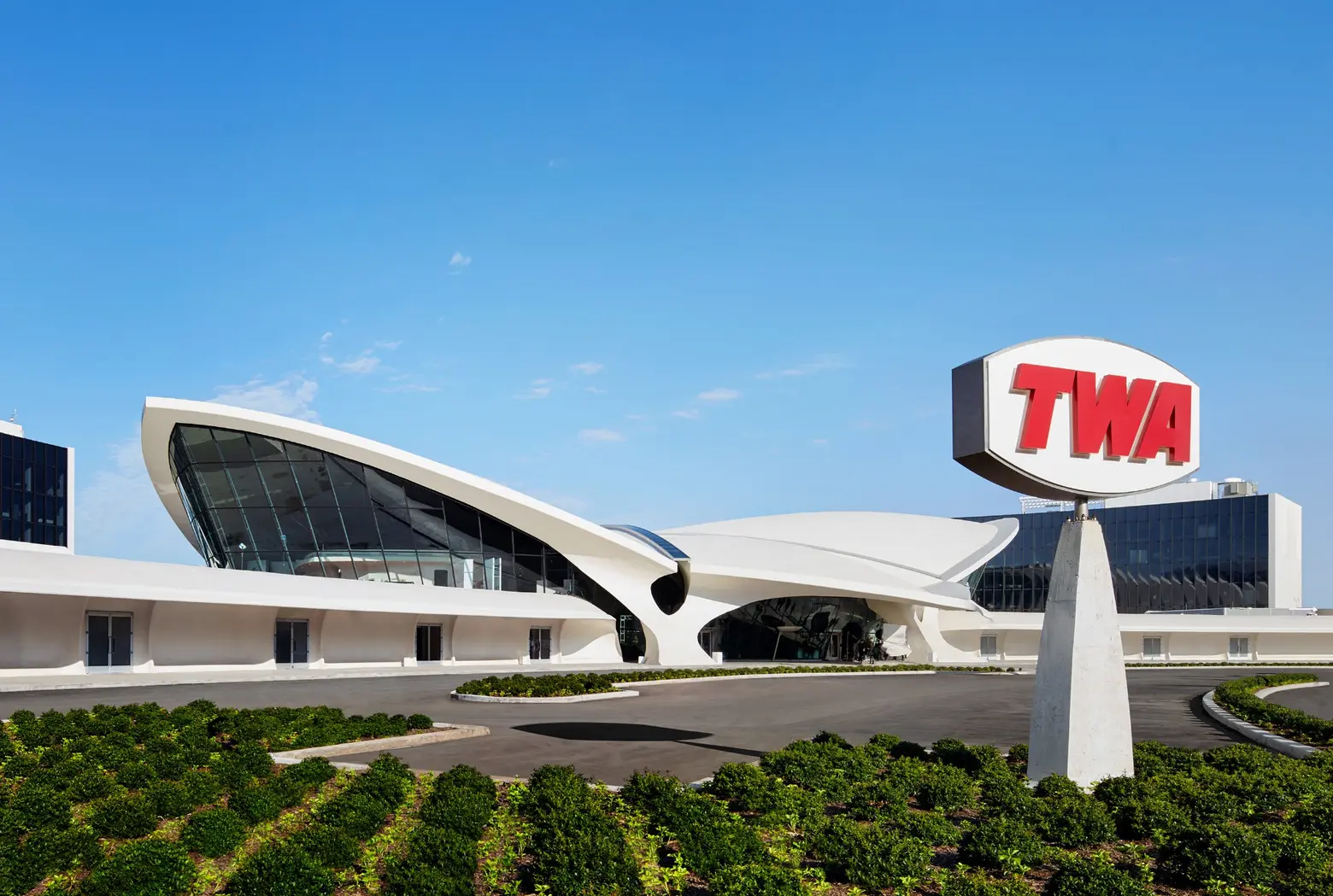
Photo: TWA Hotel/David Mitchell
The state last week awarded ten projects with historic preservation awards, and nominated a dozen other sites to be nominated for the state and national historic places registers. Gov. Andrew Cuomo and the Office of Parks, Recreation and Historic Preservation recognized the TWA Hotel at JFK Airport for its preservation of Eero Saarinen’s Trans World Airlines terminal, which serves as the lobby for a new 512-room hotel.
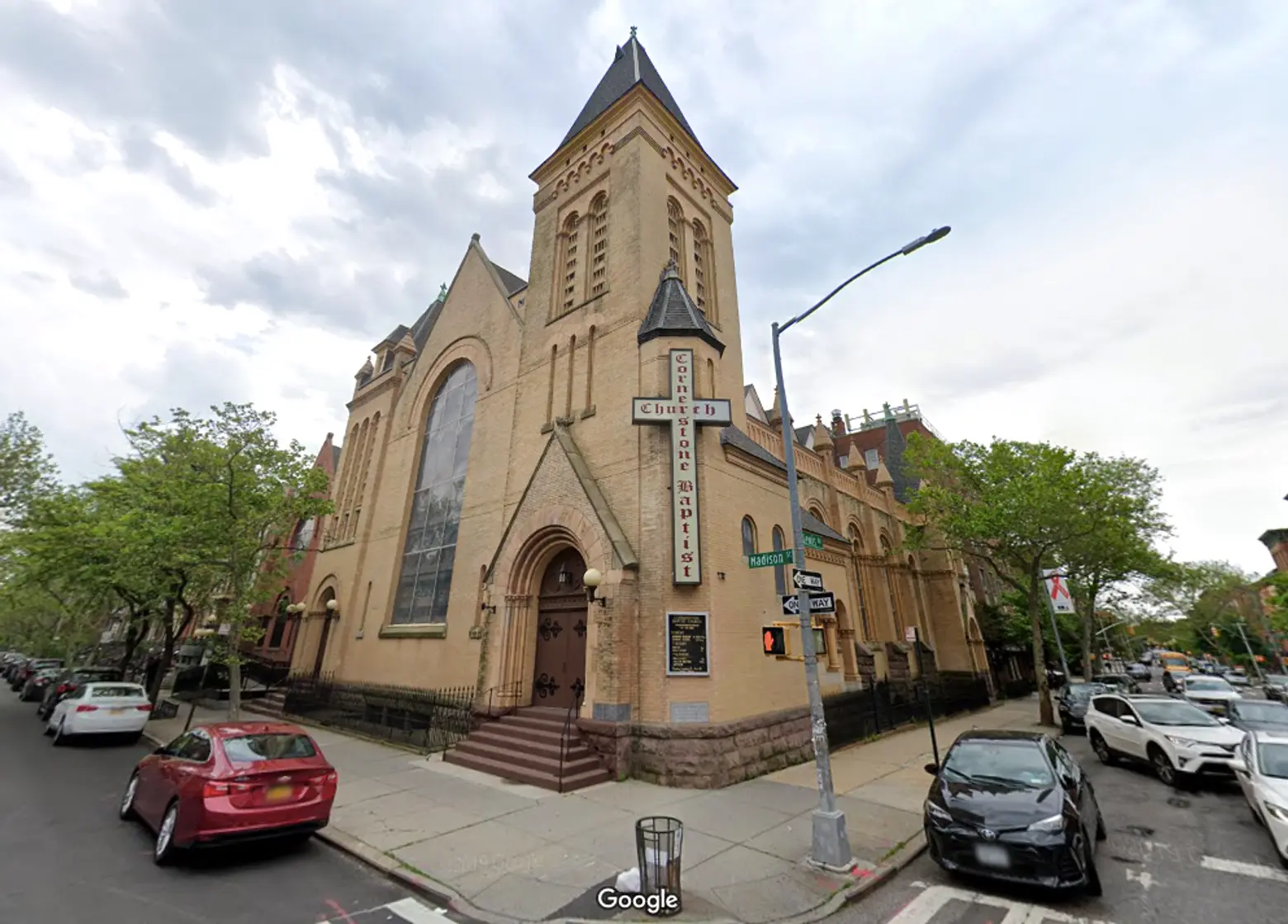
Streetview of the Cornerstone Congregational Church; Map data © 2019 Google
“Historic preservation helps encourage reinvestment and revitalization in our cities, towns and neighborhoods,” Erik Kulleseid, commissioner of New York State Parks, said. “This year’s awards demonstrate the extraordinary commitments, hard work and strong partnerships that have made preservation an important tool for community renewal, economic development, and job growth in New York.”
Developed by MCR and MORSE Development, the TWA Hotel was designed by Lubrano Ciavarra with the restoration of the original flight center completed by Beyer Blinder Belle Architects. The hotel, which opened in May more than 18 years after the terminal shuttered, includes two six-story crescent-shaped buildings, a rooftop infinity pool and observation deck, and a former Lockheed Constellation aircraft turned cocktail bar.
Two New York City sites were nominated for the State and National Registers of Historic Places: The Cornerstone Baptist Church in Bed-Stuy and the National Headquarters of the March on Washington for Jobs and Freedom in Central Harlem.
Formerly home to the Lewis Avenue Congregational Church, the Cornerstone Baptist Church was built in 1893 during the “peak of residential development in Bedford-Stuyvesant,” according to the state. Architect Oscar Schutte Teale designed the church and the Sunday school building on the site of 275 Lewis Avenue. The state describes the intact Romanesque and Gothic Revival style design, including brick, terra cotta, and stone details, of the church as significant.
Materials also say the church documents “the transition of the neighborhood from a majority white area into the most important African American community in Brooklyn, as the church itself transitioned from a white Congregational church to an African American Baptist church.”
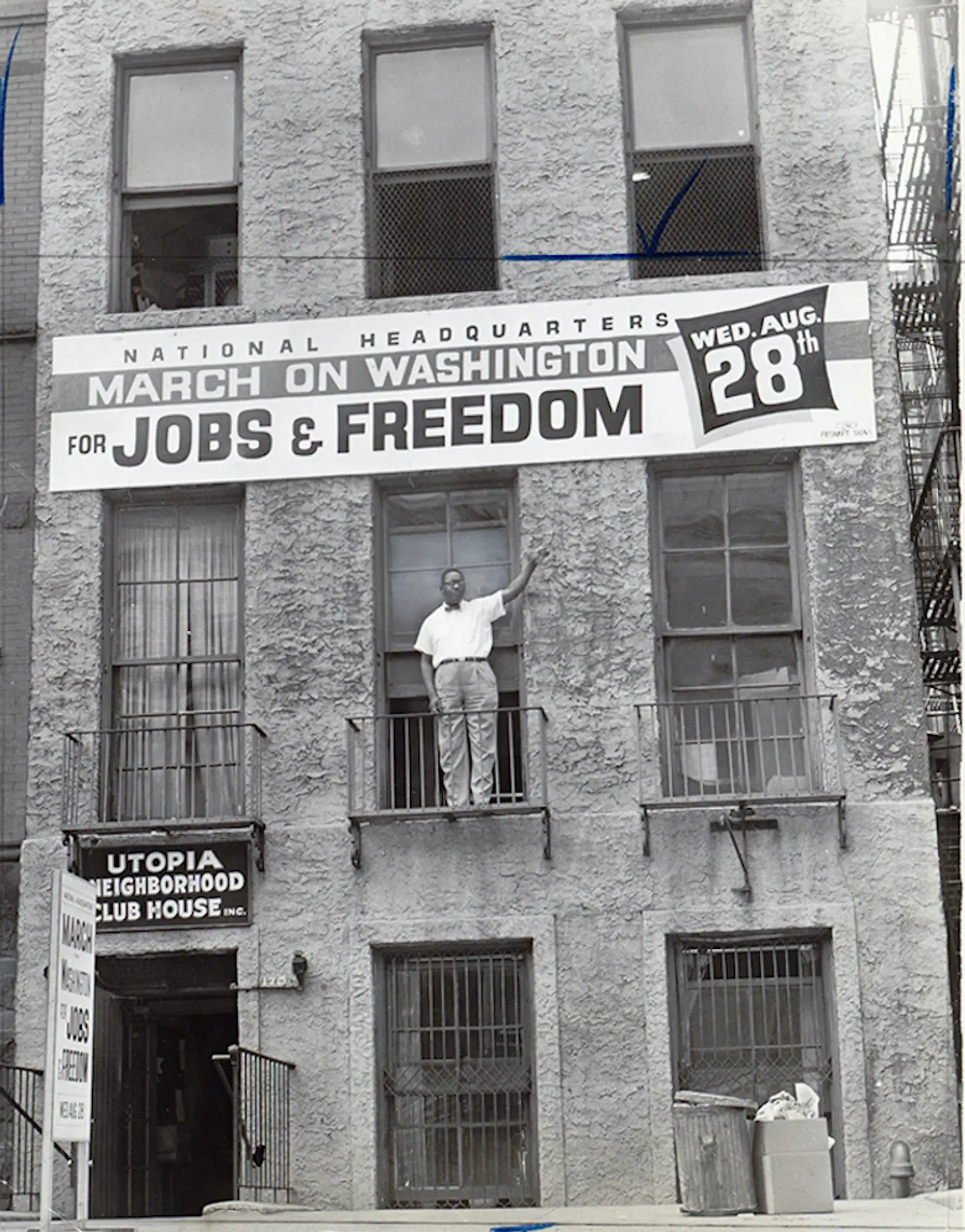
Cleveland Robinson, full-length portrait, facing front, standing on the second-floor balcony of the National Headquarters of the March on Washington in Harlem, with his arm lifted up toward banner announcing the march; Photo by Orlando Fernandez, courtesy of the Library of Congress
The National Headquarters for the March on Washington is located at 170 West 130th Street in Harlem. Constructed in 1884 as a single-family, Queen Anne-style home, the building was remodeled in 1920 by Vertner Tandy, the first African American architect registered in New York.
The state nominated the structure for its important ties to the political history of Harlem and the country, specifically its association with the March on Washington in 1963. The rowhouse served as home base for a number of organizations, but none more significant than its role as the March’s headquarters. It also represents one of the last remaining examples of Tandy’s work.
Nominations must be approved by the state historic preservation officer to be placed on the New York State Register of Historic Places. Then, properties are nominated for the National Register.
“New York has transformed over centuries into a state defined by its diverse history, and there is no better way to see that history than in our unique architecture and places,” Cuomo said in a press release. “These historic awards and nominations will proudly preserve the lives and stories of countless New Yorkers into the future.”
RELATED:
